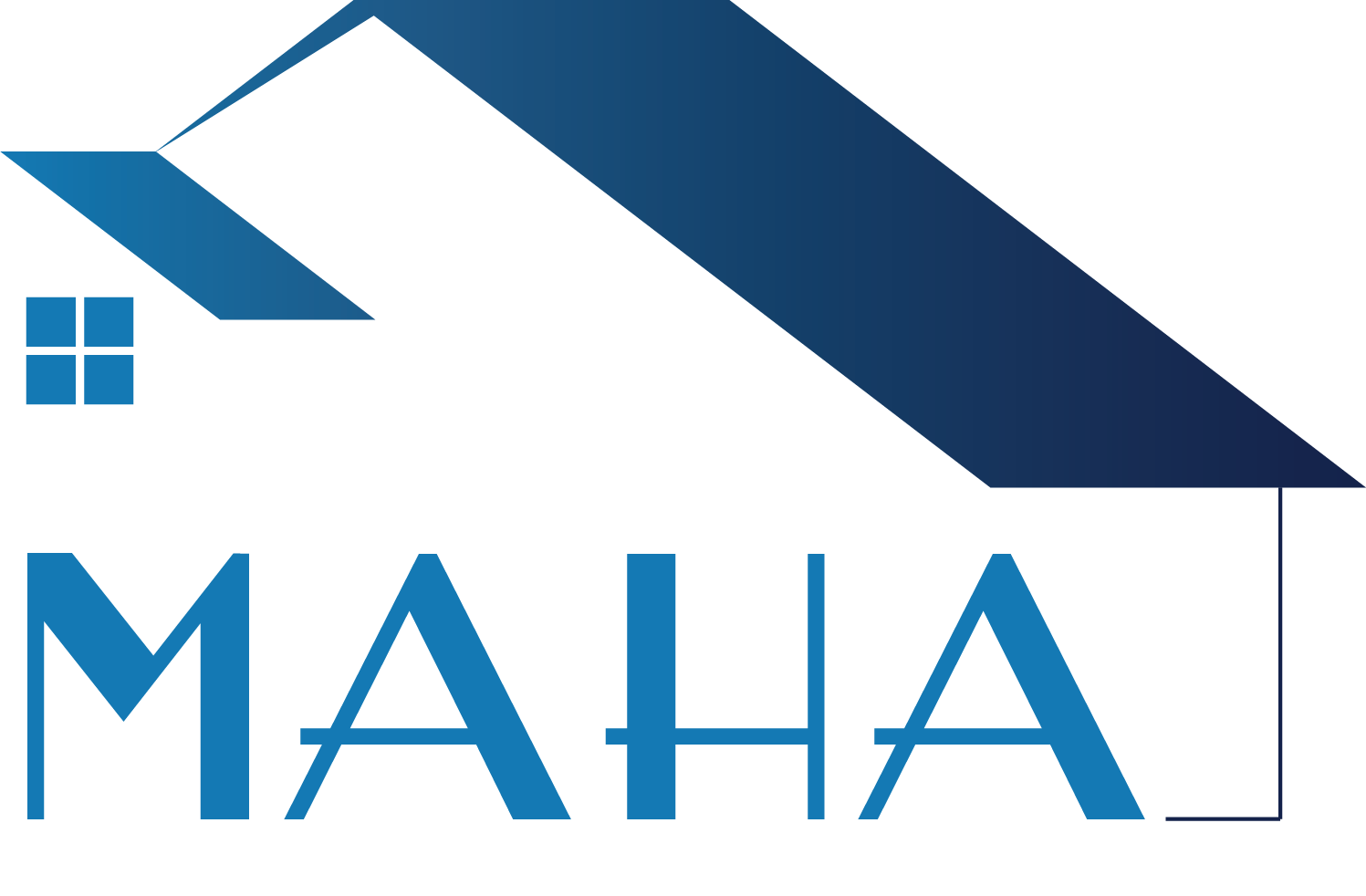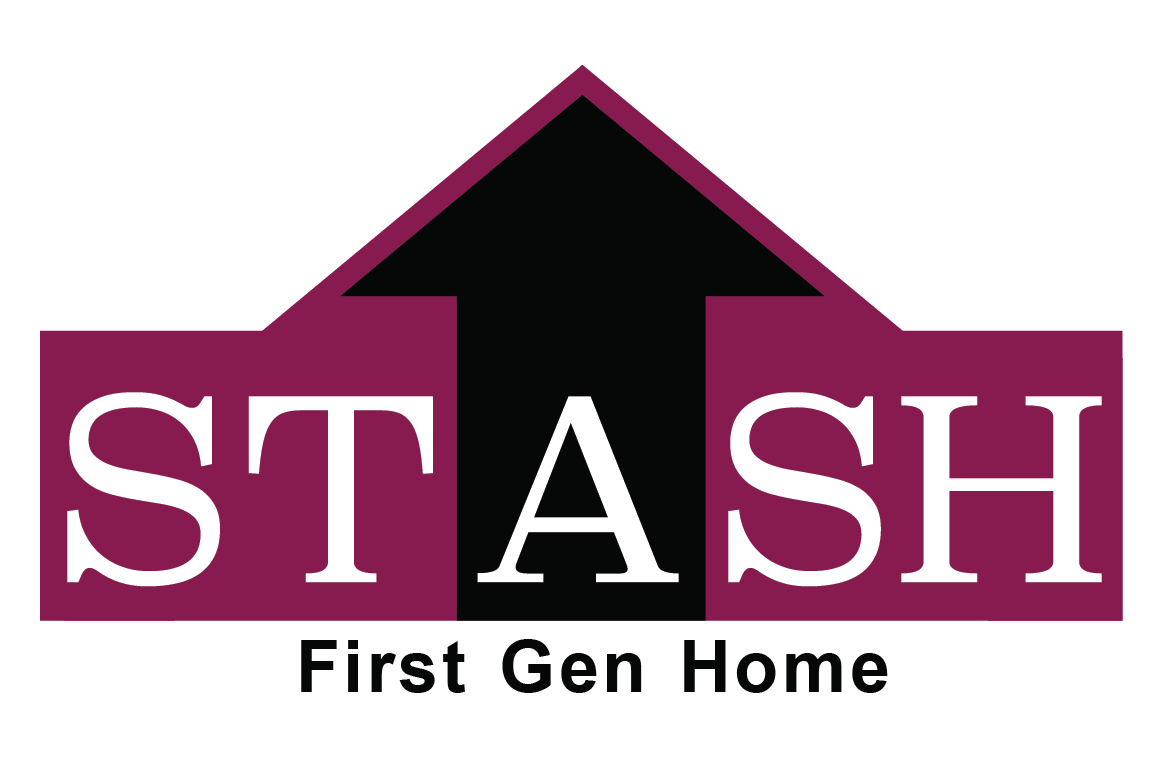(published in Commonwealth Magazine on March 29, 2019)
By Thomas Callahan and Symone Crawford
On campuses across the nation, a combination of guidance and financial assistance has sprung up to support first-generation college students. Academic institutions - big and small as well as public and private - have recognized the importance of giving first-gen students a leg up.
When it comes to homeownership, first generation buyers are left to compete with better resourced peers, many who can lean on family for advice and the “Bank of Mom and Dad” for money.
As Richard Rothstein writes in The Color of Law, “until the last quarter of the twentieth century, racially explicit policies of federal, state and local governments defined where whites and African Americans should live. Today’s residential segregation…is not the unintended consequence of individual choices and of otherwise well-meaning law or regulation but of unhidden public policy that explicitly segregated every metropolitan area in the United States.”
In Massachusetts as across the nation, those policies have a sordid legacy. White households in Massachusetts have a 70% homeownership rate. 7 out of 10. For Black households, it is 32% and for Hispanic households it is 26%. We have the dubious distinction of having one of the widest gaps in the country, according to the national non-profit Prosperity Now.
We see the impact of this history every day. Many white buyers, even those entering the market for the first time, have a distinct advantage over those without a family history of homeownership.
First-gen homebuyers have no such advantage. They search for that elusive trusted advisor to be leaned on throughout the homebuying process. They don’t have family resources for loans or gifts. And some become inviting targets of unscrupulous actors in the real estate market.
Earlier this year, we piloted a new first-gen program called STASH – Saving Toward Affordable and Sustainable Homeownership. Together with Boston Children’s Hospital and Wells Fargo Foundation, we are targeting first-generation aspiring homebuyers (and homebuyers whose parents were victims of a foreclosure) with added support and a match of savings.
It was explicit government action that prevented Black families from taking advantage of the VA and FHA mortgages that helped build the white American middle-class. Public housing developments were restricted just for white residents. And thousands of zoning decisions were made in communities throughout Massachusetts, and across the U.S., to ensure that our suburbs remained “exclusionary”.
Today, we need to be every bit as intentional if we are to have any hope in closing our yawning racial wealth gap. Owning a home is still the path most Americans follow to build assets in our country and unless we set out to close the gap, the intergenerational transfer of wealth of those already owning homes will make it impossible to make progress.
We have seen it work for people like Florence Hagins who grew up in the Whittier public housing projects and was able to buy her first home as a single mother at the age of 46. Today, her daughter is also a homeowner. And Esther Dupie, an immigrant from Barbados, who came to the U.S. and bought a home in 2004 and saw her adult daughter follow her lead only five years later and become a homeowner as well. Esther’s grandchildren are growing up only knowing a home of their own.
Future success stories are out there. Our federal, state and local governments need to examine how best they can advantage first-generation homebuyers with targeted resources that will help close our racial homeownership gap.
Thomas Callahan and Symone Crawford are the Executive Director and Director of Homeownership Education, respectively, of the Dorchester-based Massachusetts Affordable Housing Alliance.






